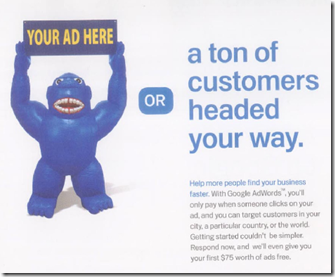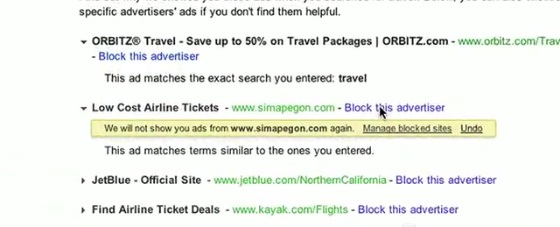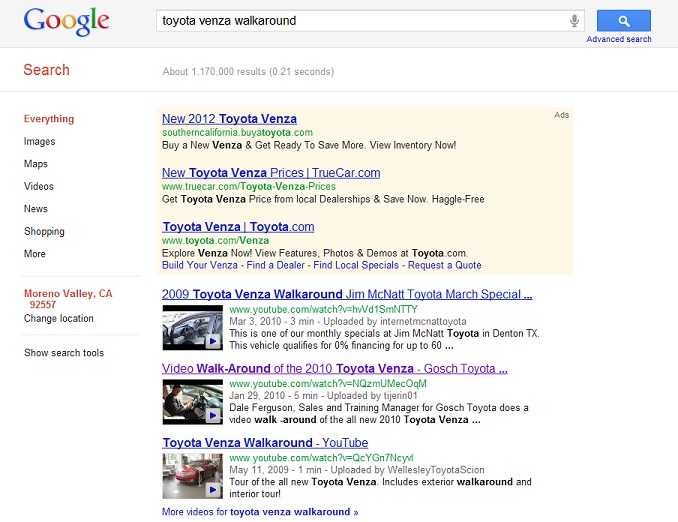Most consumers hate shopping for cars. They love to BUY cars. They WANT new cars. It’s just like shopping at the mall, just way more expensive, which is why they should enjoy it much more. If you were to go into any retail store and tell them you wanted to spend $20,000+, they would treat you like royalty, yet, when people go into car dealerships, all they get are headaches and wasted time. Many dealers are recognizing this and consciously making changes to their processes that streamline the buying experience and make it easier, and more enjoyable, for people to buy cars but, sadly, many dealers are still playing games.
Has something like this happened to you at a dealership or have you seen this happen at your dealership?
Until dealers can break through the stereotype they earned, consumers will distrust them. That’s why it’s such a refreshing experience to consumers when they find a dealership that doesn’t play games. Until they experience it personally, however, they won’t believe you no matter how hard you try and convince them that your dealership is different. Treat every customer like royalty and you’ll be well on your way to referrals and word-of-mouth marketing that you could never buy.
(P.S. This video was from a series of videos shot by DealerKnows Consulting. It was an honor (and a lot of fun) to be included in these. There are more to come and, in case you missed the first one released, I’ve included it below.)




